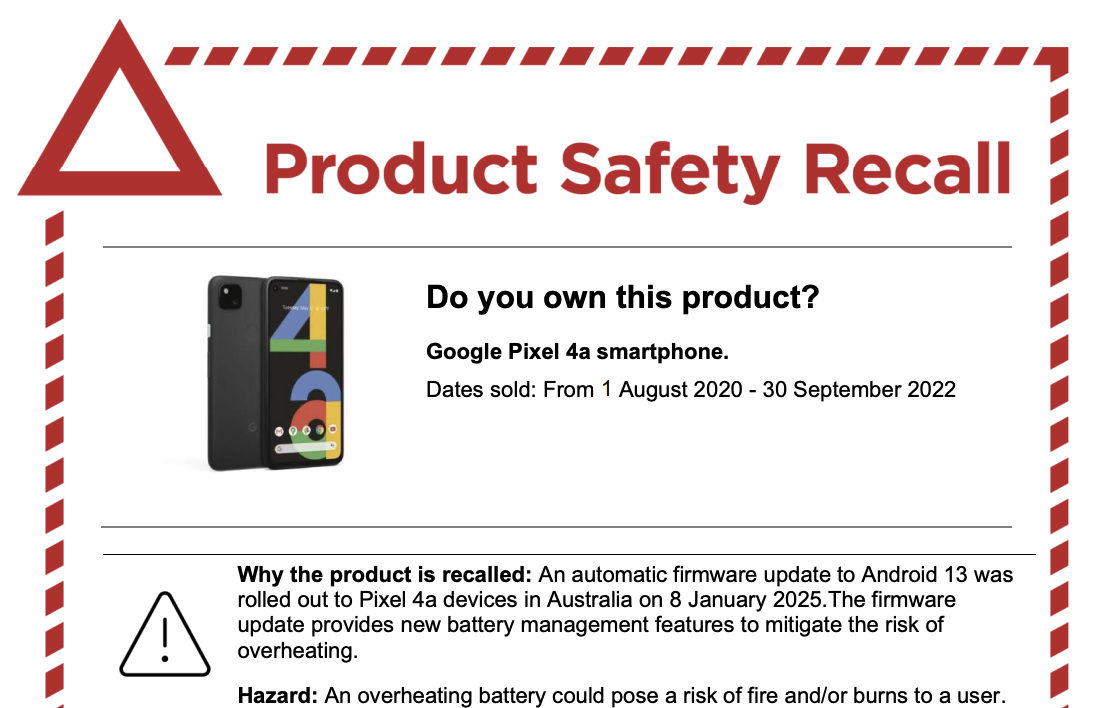For years, businesses, governments, and researchers have struggled with a persistent problem: How to extract usable data from Portable Document Format (PDF) files. These digital documents serve as containers for everything from scientific research to government records, but their rigid formats often trap the data inside, making it difficult for machines to read and analyze.
“Part of the problem is that PDFs are a creature of a time when print layout was a big influence on publishing software, and PDFs are more of a ‘print’ product than a digital one,” Derek Willis, a lecturer in Data and Computational Journalism at the University of Maryland, wrote in an email to Ars Technica. “The main issue is that many PDFs are simply pictures of information, which means you need Optical Character Recognition software to turn those pictures into data, especially when the original is old or includes handwriting.”
Computational journalism is a field where traditional reporting techniques merge with data analysis, coding, and algorithmic thinking to uncover stories that might otherwise remain hidden in large datasets, which makes unlocking that data a particular interest for Willis.


